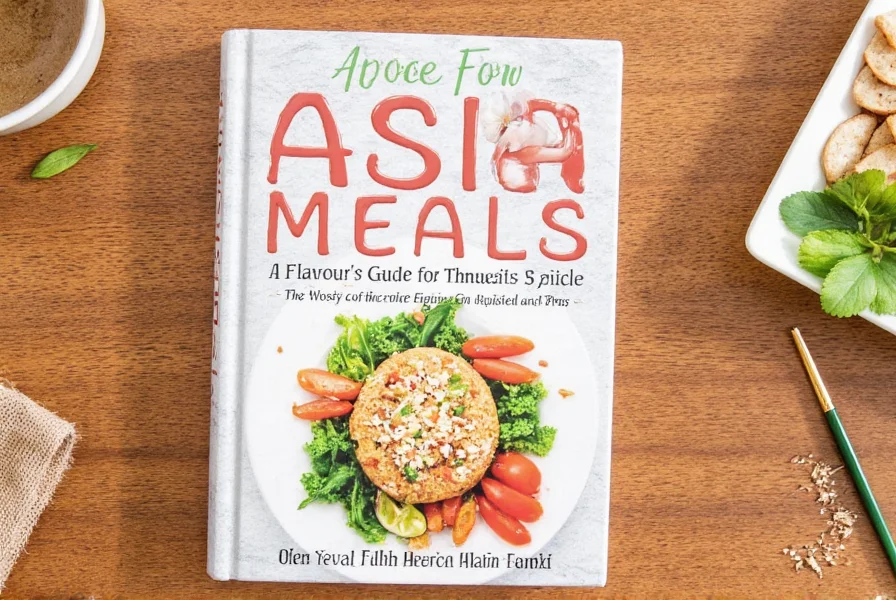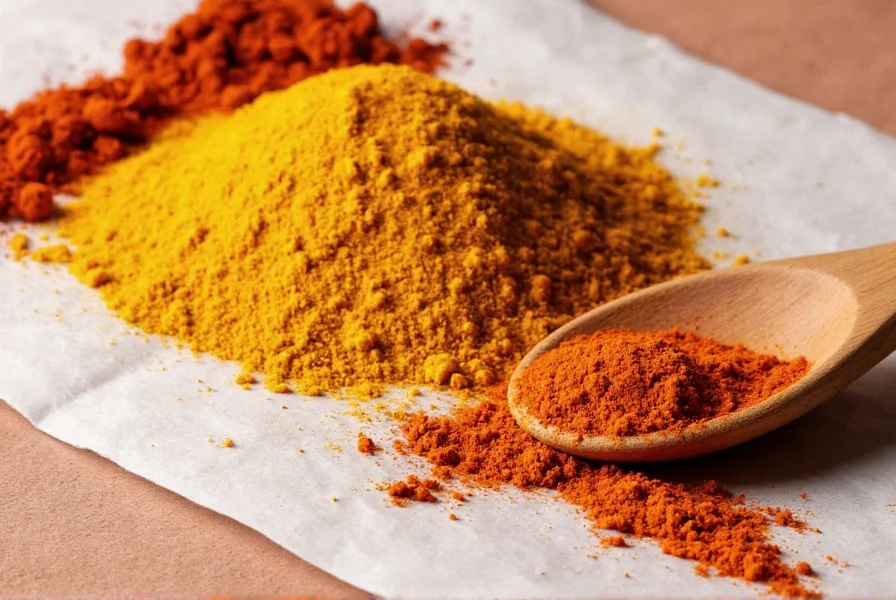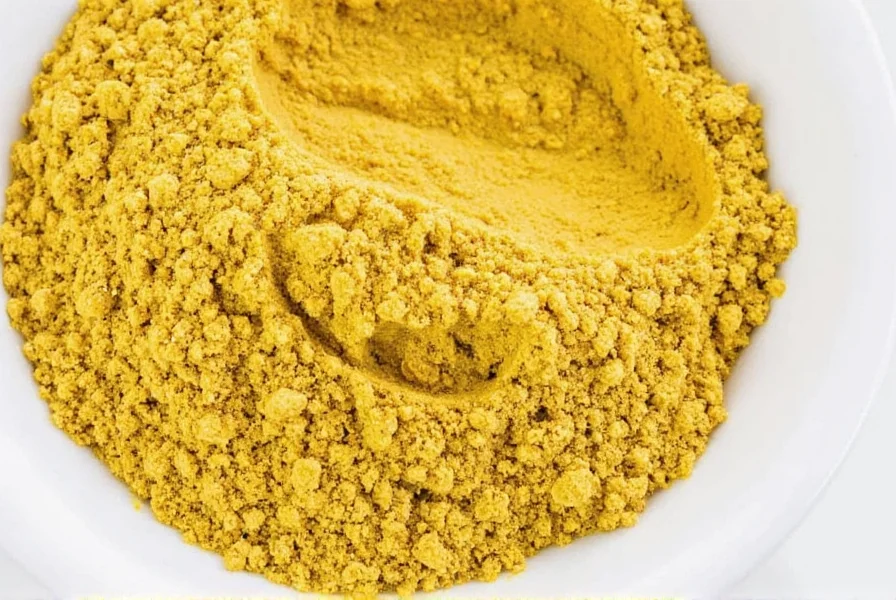Curry sauce powder is a versatile spice blend used to create flavorful sauces in dishes like curries, stir-fries, and marinades. It typically contains turmeric, cumin, coriander, and other spices, often with thickeners like flour or cornstarch to create a sauce base. This guide provides expert tips, specific recipes, and buying advice to help you master this essential ingredient.
Table of Contents
Key Ingredients in Curry Sauce Powder
To understand the magic behind curry sauce powder, let's break down its most common components:
- Turmeric: Adds vibrant color and a warm, earthy flavor.
- Cumin: Offers a nutty, slightly smoky taste.
- Coriander: Provides a citrusy, slightly sweet note.
- Ginger and Garlic: Bring a pungent, aromatic kick.
- Chili Peppers: Add heat and intensity.
Some blends may also include cardamom, cloves, cinnamon, or mustard seeds, depending on the regional variation. Each ingredient contributes to the complex flavor profile that makes curry sauce powder so special.

Types of Curry Sauce Powders
There are several types of curry sauce powders, each with its own unique characteristics:
- Indian Curry Powder: Balanced warmth and heat, ideal for traditional curries.
- Thai Green Curry Paste (Dry Version): Fresh herb-based with bright, citrusy notes.
- Jamaican Curry Powder: Bold, smoky, and slightly sweet for jerk-seasoned dishes.
- Japanese Karashi Curry: Mild and sweet, perfect for Western-style curries.

How to Use Curry Sauce Powder: 5 Delicious Recipes
Transform your meals with these tested recipes:
1. Creamy Chicken Curry
- 2 tbsp curry sauce powder
- 1 lb chicken thighs, cubed
- 1 can coconut milk
- 1 onion, diced
- 2 tbsp oil
Toast the powder in oil for 1 minute, add chicken and onion, then simmer with coconut milk for 20 minutes. Serve with rice.
2. Vegetable Stir-Fry
- 1 tbsp curry sauce powder
- 2 cups mixed vegetables (bell peppers, broccoli, carrots)
- 1 tbsp soy sauce
- 1 tbsp honey
Stir-fry vegetables in oil, add sauce powder, soy sauce, and honey. Cook for 5 minutes until tender-crisp.
3. Lentil Dahl
- 2 tbsp curry sauce powder
- 1 cup red lentils
- 2 cups vegetable broth
- 1 tomato, diced
Simmer lentils and broth for 15 minutes, add sauce powder and tomato. Cook until thickened (10 more minutes).
4. Tofu Marinade
- 1.5 tbsp curry sauce powder
- 1/4 cup yogurt
- 1 tbsp lemon juice
- 1 lb firm tofu, pressed
Marinate tofu for 30 minutes, then bake at 400°F for 20 minutes for crispy results.
5. Quick Curry Soup
- 1 tbsp curry sauce powder
- 4 cups chicken broth
- 1 cup cooked chickpeas
- 1 cup spinach
Simmer broth and sauce powder for 5 minutes, add chickpeas and spinach. Cook until spinach wilts (2 minutes).
Buying Guide: Choosing the Best Curry Sauce Powder
Features
| Feature | What to Look For |
|---|---|
| Spice Quality | Fresh, whole spices without fillers or artificial additives |
| Origin | Indian for traditional curries, Jamaican for bold flavors, Japanese for mild sweetness |
| Thickening Agents | Look for cornstarch or arrowroot for gluten-free options |
Advantages
- Versatile: Works in curries, soups, marinades, and dips
- Time-Saving: Ready-to-use alternative to grinding spices
- Cost-Effective: $2-$5 per ounce, cheaper than pre-made sauces
Use Cases
- Weeknight Dinners: 15-minute chicken curry
- Meal Prep: Make large batches of soup or stew
- Entertaining: Impress guests with authentic Indian or Thai dishes
Pro Tips for Cooking with Curry Sauce Powder
- Toast First: Dry-toast powder in a pan for 1 minute to release oils and enhance flavor
- Balance Heat: Add coconut milk or yogurt to counteract spiciness
- Store Properly: Keep in airtight container away from light for up to 6 months
- Customize: Mix with garam masala for extra depth or smoked paprika for smokiness
Frequently Asked Questions About Curry Sauce Powder
What is the difference between curry powder and curry sauce powder?
Curry powder is a pure spice blend without thickeners, while curry sauce powder includes ingredients like cornstarch or flour to create a sauce base when liquid is added. This makes it ideal for ready-to-use sauces without extra thickening steps.
How long does curry sauce powder last?
When stored properly in an airtight container away from light and moisture, curry sauce powder maintains peak flavor for 6 months. After this, it may lose vibrancy but remains safe to use for up to 12 months. For optimal taste, replace annually.
Can I make my own curry sauce powder at home?
Yes! Combine 2 tbsp turmeric, 2 tbsp coriander, 1 tbsp cumin, 1 tbsp garlic powder, 1 tbsp ginger powder, 1 tsp chili powder, and 2 tbsp cornstarch. Mix thoroughly and store in an airtight container. Adjust ratios for desired heat and flavor.
What can I use as a substitute for curry sauce powder?
For every tablespoon of curry sauce powder, use 2 tsp regular curry powder plus 1 tsp cornstarch. Add 1/4 tsp turmeric and 1/4 tsp garlic powder for better flavor matching. This works for most recipes but may lack the depth of authentic sauce powder.
Is curry sauce powder gluten-free?
Most are naturally gluten-free, but check labels for wheat-based thickeners. For guaranteed gluten-free options, choose brands with certification or make your own using cornstarch or arrowroot powder instead of flour.
How spicy is curry sauce powder?
Spice levels vary: Indian (medium-hot), Jamaican (very hot), Japanese (mild). Always start with half the recommended amount, then adjust. Remember that heat intensifies during cooking, so add gradually.
Conclusion
Curry sauce powder is a culinary powerhouse that brings authentic global flavors to your kitchen with minimal effort. By understanding its ingredients, mastering simple recipes, and choosing quality products, you can elevate everyday meals to restaurant-quality dishes. Start with our tested recipes and pro tips to unlock endless possibilities in your cooking journey.











 浙公网安备
33010002000092号
浙公网安备
33010002000092号 浙B2-20120091-4
浙B2-20120091-4